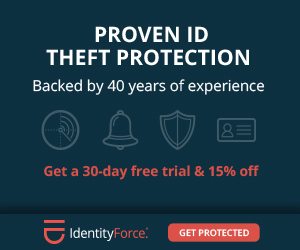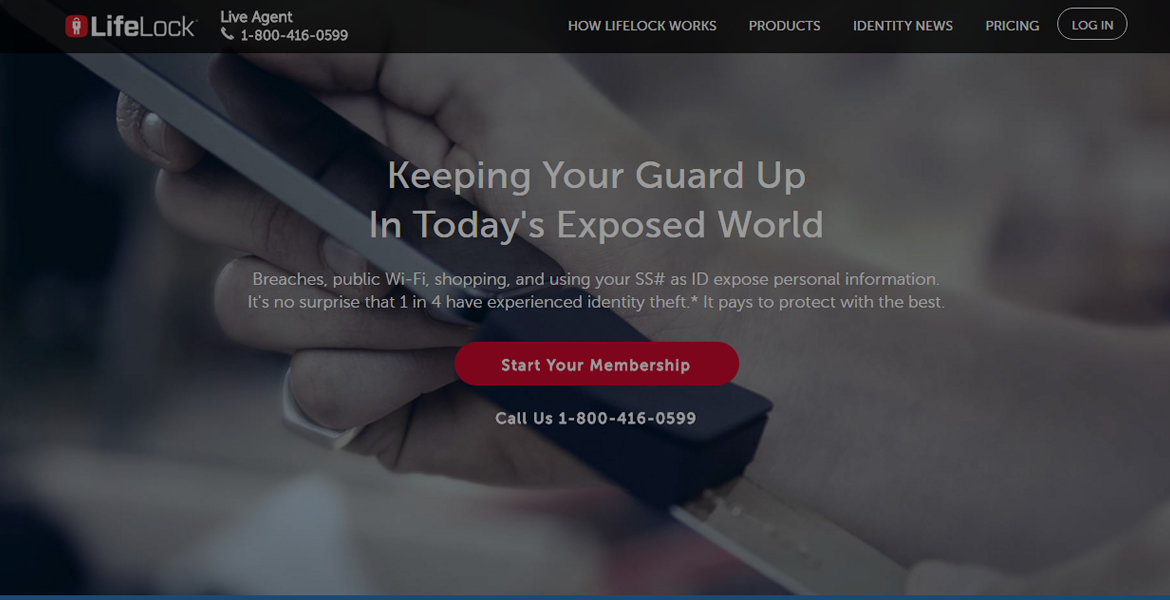While participating in your local shred-a-thon isn’t a guarantee against identity theft, it sure beats the alternative of shredding at home or worse, not shredding at all.
If you’ve ever watched an episode of CSI and looked on with amazement as detectives piece together a shredded document, you’re not alone. But it’s a world of difference between going through one household’s trash and a public shred-a-thon.
Over 15 million Americans were victims of identity theft last year with financial losses totaling upwards of $50 billion and while no study exists to determine what percentage of victims were compromised through sensitive documents, it’s no question that identity thieves view it as an integral part of stealing your identity. But of course, identity thieves don’t limit themselves to physical documents.
The Privacy Rights Clearing House estimates that over 850 million records with personally identifiable information have been exposed in data breaches since 2005. Others have reported numbers far in excess of 1 billion files. It’s practically a statistical certainty that part or all of your identity profile are circulating online somewhere. Living in the digital age, it’s just prudence and common sense to take precautions.
Preventive Steps
The truth is there is no complete solutions, but if you follow the 3Ms — minimize your exposure, monitor and manage the damage — you can make your life a lot less painful when the inevitable happens. So while shredding gets you part of the way to the first M – minimizing your exposure — you can’t stop there. Instead, you have to change the way you think about identity theft, and most importantly, become significantly more vigilant.
There are dozens of reputable companies offering products and services to help protect you from identity theft. While I’m not going to rate them here, you can view our identity theft protection reviews here and I would suggest avoiding those that promise to prevent identity theft, since the third certainty in life is that you will become a victim.
Monitoring for Signs of Fraud
Being vigilant means you have to keep a close eye on your credit. You can get a copy of your credit reports from each of the three major credit reporting agencies for free every year at AnnualCreditReport.com. You can also get a snapshot of your credit portfolio and two free scores (updated every month) any time of the year on Credit.com, where you’ll find a number of tools to help you manage and monitor your personal identity and credit profile.
It’s also a good idea to enroll in transactional notification programs that are offered for free through your bank, credit union and credit card issuers — or you can purchase credit and fraud monitoring services. You can set notices so tightly that a new line of credit cannot be opened without a PIN code and/or be instantly alerted when someone tries to obtain credit in your name, or so loosely that you simply receive notice when activity occurs in any of your financial accounts. It may seem like a nuisance to field an email or text every time you buy something with your credit or debit card, but you’ll be glad you have the notification set up the day you get one about a purchase you didn’t make.
Another option: fraud alerts. All three reporting agencies offer a service that provides an initial fraud alert, extended fraud alerts and active duty military alerts. If you already subscribe to a credit monitoring service, fraud alerts may be an inexpensive add-on. There are also services that allow you to monitor your children’s Social Security number for signs of identity theft.
Managing the Damage
How horrific will it be when you get got? Here’s where choosing the right company and service matters. In many cases, a company with which you already do business—whether that’s an insurance carrier, your financial services provider or your employer—may well offer a product or service that will help you navigate the turbulent waters of victimization and restore your credit and identity when the inevitable knocks on your door.
Check to see if any of your existing relationships can provide you with identity theft resolution services and other identity management products. You may be pleased to find out that they do, and it could cost you little or nothing to enroll.
If there is any hope of containing the nightmare of identity theft, you must be engaged and invested in the process. The goal of a shred-a-thon is peace of mind, but a false sense of security is in no one’s best interest. Real peace of mind comes with real knowledge.
Contrary to what you may have been led to believe by the optimists among us, the threat of identity theft is very real, and feel-good symbolism won’t keep you from getting got by one of the legions of fraudsters out there working the seams of the identity mines to make a quick buck (or worse) at your expense.













